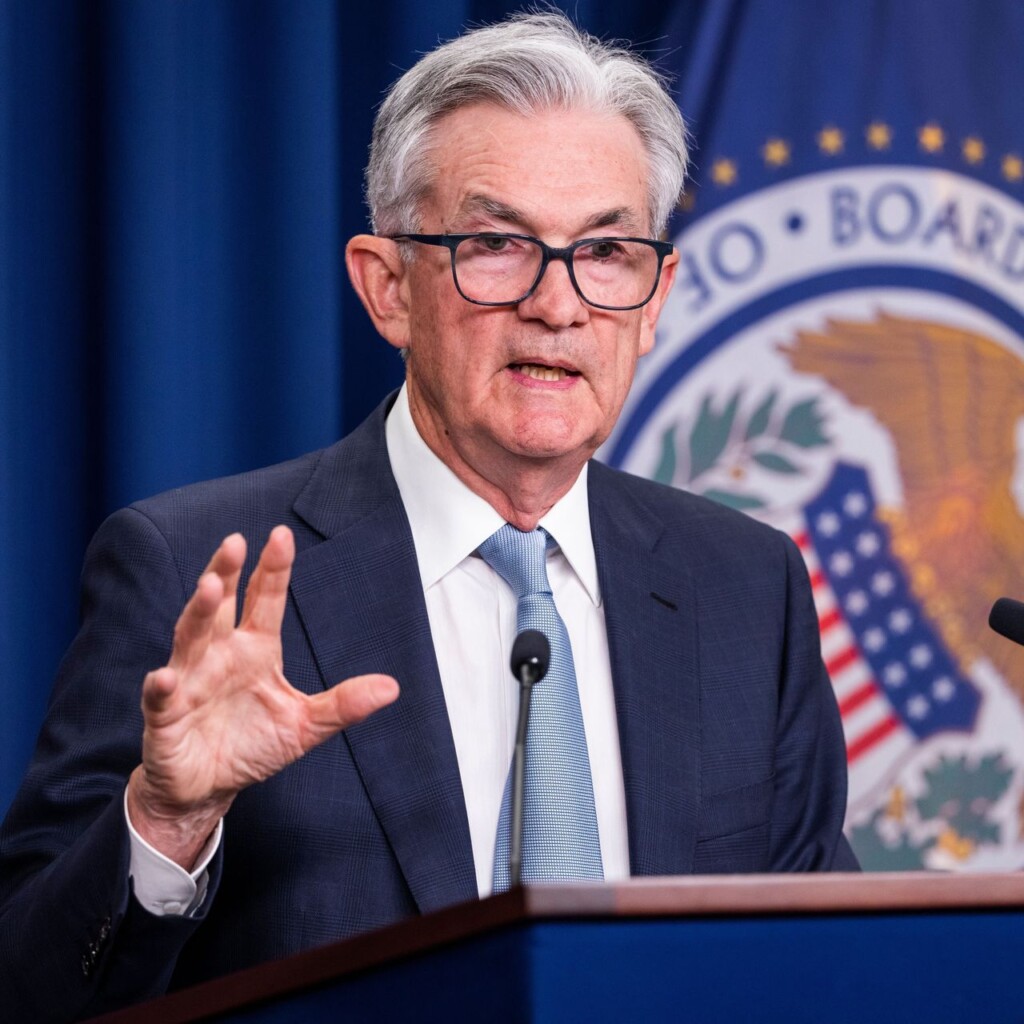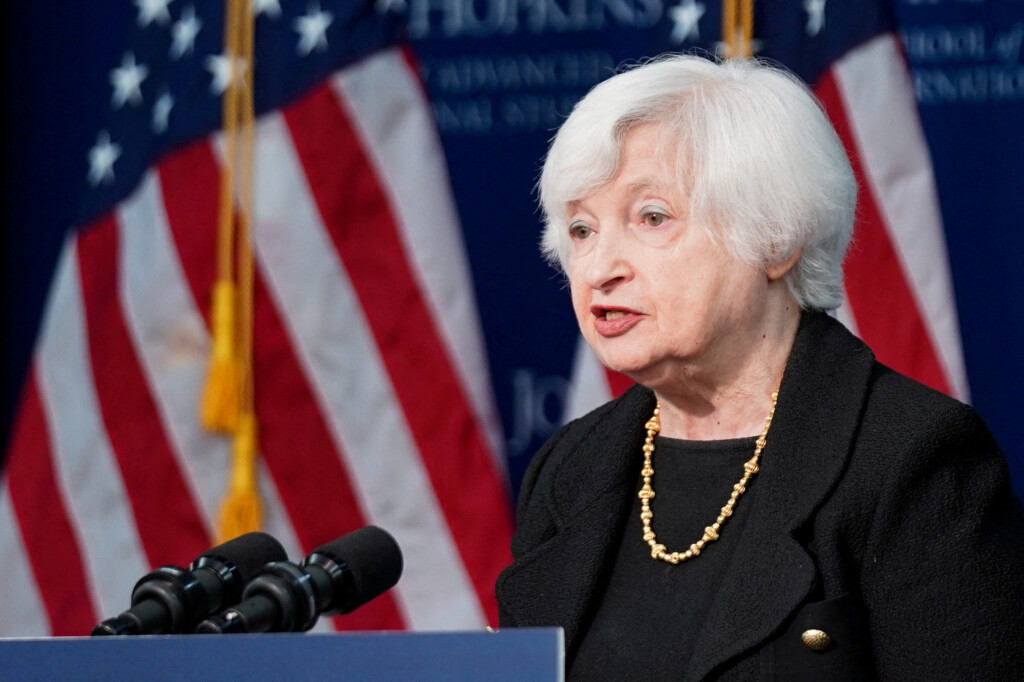It seems as if it was yesterday, when the Federal Reserve announced their plans to hike interest rates to combat persistent inflation back in March 2022. Fast forward to today, and the Fed has enacted ten different interest rate hikes – at least 4 of them being a hefty increase of 75 basis points instead of the regular, yet effective 25 basis points. Furthermore, figures estimate that US inflation is the highest it has ever been. Though, the economy seems to be doing okay; I can still get a Chick-Fil-A biscuit for about $3.50, so everything should be fine. Right?

Wrong. Reports indicate that the US has hit a critical limit in debt spending; that is, the Treasury has officially called those blaring alarms – which have never sounded before – to warn for a collapse, an utterly devastating collapse that would threaten the global economy with inevitable failure.
But how could it be that the world’s greatest country, a nation boasting over $30 trillion in annual GDP, risks bankruptcy. How could it possibly be that the richest nation on the planet and in history, overspent – by over $10 trillion. Impossible it may seem, but the US has simply been in a budget deficit ever since 2001. Meaning, the United States of America has been borrowing money to pay its bills for over 22 years. Absurd? Maybe.
However, the state of the country rests in the House, a republican-controlled House that firmly adheres to a set of binding criteria in the critical debt legislation. Moreover, the secretary of the Treasury, Janet Yellen, warned that if the debt ceiling failed to be raised in the coming weeks, “economic catastrophe” might pervade the life of the ordinary American and other inhabitants of the globe too.

Nevertheless, Republicans seem to vie for a win in Congress, passing a debt limit bill that would effectively reduce the federal budget by 14% – or a whopping $877 billion – straining the federal funds required to maintain senior supports like Medicaid and Social Security. Barely passing the House, the bill – which won by a mere two votes – retained fire from House democrats who absolutely opposed the legislation and Senate democrats that abhorred the idea altogether; though, some House republicans simply could not ignore the truth, “concede[ing] that their legislation [is] headed nowhere,” according a New York Times article. In addition, President Biden has noted that he would undeniably veto the bill if it ever reaches his desk, defending his extravagant and expansive domestic policies that constitute health, climate, and tax reform – the exemplary feats of partisan efforts that may better suit the president’s resume rather than the country’s pockets. Nevertheless, Biden has reiterated that he “will meet with Mr. McCarthy, but not on whether or not the debt limit gets extended,” since it is unquestionably “not negotiable,” an explicit incongruence illustrating the repetition of back-and-forth partisan discourse that constitutes the majority of American politics today – gridlocked and seemingly ineffective.
The State of the US Economy
According to recent reports, the quarterly GDP grew by a mere 1.1%, which is a figure down from previous estimates; moreover, the consumer confidence index has also decreased, with 58% of Americans believing that the economy is currently worse than it was 50 years ago. However, Americans appear to be spending money as if the word ‘recession’ never existed – perhaps on Chick-Fil-A – as the rate at which Americans spend money has not decreased. Furthermore, the US economy compared to other countries continues to maintain its status as the exemplar of economic power in the 21st Century. According to US economic data spanning the past 30 years, the United States’ GDP constitutes the same portion of world GDP as it did in 1990, which is an eye-popping 25%. Along with a coveted status among developed nations, the US boasts a crown of investment excellence, appealing to foreigners and domestic speculators alike, as reports illustrate tremendous profits and growth of the stock market compared to the rest of the world. According to PBS, $100 invested into the S&P 500 in 1990 would have reaped $2300 today, compared to a measly $500 that the rest of the world’s most elite companies (excluding American corporations) would have netted over the 33 year period.

Critics of positive economic data tend to foreshadow an “imminent recession”; although, the chances of the dreaded status becoming a reality are becoming more and more slim as days progress. Defined as two consecutive quarters of negative GDP growth, the US economy continues to grow, though not burgeon, as it seemingly used to, an unideal aspect attributed to both the Federal Reserve’s contractionary monetary policies and high inflation.
Nonetheless, the personal finances of individual Americans have seemed to dwindle, affecting trends in data and economic behavior. For example, the number of Americans who reported difficulty paying their bills constituted just over half of the population, indicating an astronomical increase of 42% over the last two years; furthermore, 34% of Americans with a salary of $100,000 or more live paycheck-to-paycheck. To make matters worse, over half of all citizens have less than $1000 in savings, with 34% having absolutely nothing, according to a Q4 economic report. Financially constraining, these limiting circumstances impede regular consumer habits, an instance observed in a substantial decrease of Christmas Day spending by one third of Americans in 2022.
However, the prospects of economic revitalization prove to be probable according to JP Morgan. Stating that “By 2024, the U.S. economy may well be back on a path that looks much like that of the late 2010s – slow growth, low inflation, moderate interest rates and strong corporate margins.” An ode to economic prosperity come the 2024 general election.






